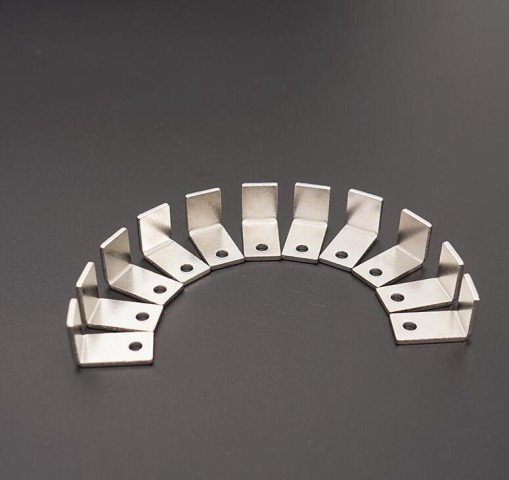

In precision hardware processing, aluminum is often subjected to various surface treatment methods to enhance its appearance, durability, and functionality. Here are several common methods of aluminum surface treatment:
1. Anodizing:
– Description: Anodizing is an electrochemical process that forms a protective oxide layer on the surface of aluminum. It increases corrosion resistance, improves hardness, and provides a decorative finish.
– Advantages: Enhanced corrosion resistance, improved wear resistance, color options, and increased surface hardness.
2. Electroplating:
– Description: Electroplating involves depositing a thin layer of metal (such as chrome, nickel, or zinc) onto the aluminum surface through an electrochemical process. This improves aesthetics and corrosion resistance.
– Advantages: Decorative finishes, increased corrosion resistance, improved wear resistance.
3. Chemical Conversion Coating:
– Description: Chemical conversion coatings, such as chromate conversion coating, create a thin protective film on the aluminum surface. These coatings enhance corrosion resistance and paint adhesion.
– Advantages: Corrosion resistance, paint adhesion, electrical conductivity, and minimal dimensional change.
4. Powder Coating:
– Description: Powder coating involves applying a dry powder to the aluminum surface, which is then cured to form a protective and decorative layer. It provides a durable finish with various color options.
– Advantages: Excellent corrosion resistance, durability, wide range of color options, and environmental friendliness.
5. Brushing and Polishing:
– Description: Brushing and polishing processes involve mechanically abrading the aluminum surface to create a smooth and reflective finish. This is often used for decorative applications.
– Advantages: Aesthetic appeal, improved surface finish, and enhanced reflectivity.
6. Laser Marking/Engraving:
– Description: Laser marking or engraving uses a laser beam to create marks or patterns on the aluminum surface. It is commonly used for branding, identification, or decorative purposes.
– Advantages: High precision, permanent marking, and flexibility in design.
7. Passivation:
– Description: Passivation is a chemical process that removes free iron and other contaminants from the aluminum surface, enhancing its corrosion resistance.
– Advantages: Improved corrosion resistance, increased surface cleanliness.
8. Aluminum Brushing:
– Description: Aluminum brushing involves using abrasive brushes to create a textured or brushed finish on the surface. It is often used for decorative or aesthetic purposes.
– Advantages: Aesthetic appeal, improved surface texture.
9. Vibratory Finishing:
– Description: Vibratory finishing uses vibratory motion and abrasive media to smooth and deburr aluminum surfaces. It can enhance surface finish and remove sharp edges.
– Advantages: Deburring, improved surface finish.
10. Chemical Etching:
– Description: Chemical etching selectively removes material from the aluminum surface using chemical solutions. It is used for creating patterns, logos, or designs.
– Advantages: Precision, fine details, and customization.
These surface treatment methods can be combined or used individually based on the specific requirements of the precision hardware being processed. The choice of method depends on factors such as desired properties, aesthetics, and functional requirements.
Media Contact
Company Name: Mingxing Electronic (Dongguan) Co. , Ltd
Email: Send Email
Country: China
Website: https://www.mingxingstamping.com/
